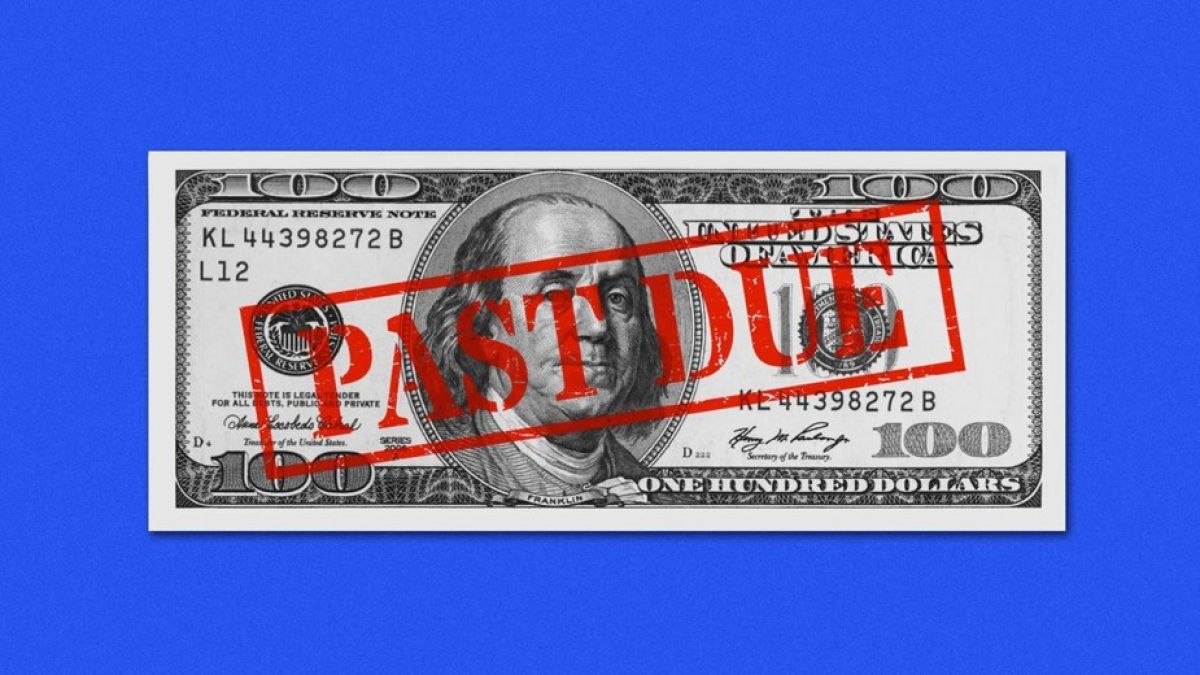Business Practices, eNews
Writing the perfect demand letter

Collecting payment can be a hassle, no matter who you are. There’s nothing more frustrating for B2B credit professionals than collecting payment from customers with outstanding debt. Before thinking of sending a customer to collections—or worse, court—you have the option of sending a demand letter to communicate the severity of the issue and help prompt payment.
Why it matters: While your contract may require payment without prompting, if you don’t ask, some customers may not make the payment. By crafting a demand letter for your customer, not only can you increase your chances of getting paid, but you may also become a top priority for your customer, protecting your legal rights and perfecting your notice process.
What is a demand letter?
A demand letter is a formal legal document that outlines a dispute and demands specific action, often before legal action. Initially, it places customers who aren’t paying or are not fulfilling their contractual obligations on notice of their failures to comply.
“Sending a demand letter is a strategic move to elevate your claim within the priority list,” said Karen Hart, Esq., partner at Bell Nunnally & Martin LLP (Dallas, TX). “Essentially, you’re making yourself the ‘squeaky wheel,’ drawing attention to your claim in the hopes of getting it moved higher up the payment queue.”
A contract may require a demand letter, or there could be a statutory requirement, like with lien notices, for example. A contract may further require the demand letter to be delivered to a specific person at a contracted notice address by mail or hand delivery. While demand letters are generally written by a lawyer on behalf of an individual or a corporation, an individual may sometimes write one themselves.
Writing the demand letter
To craft an effective demand letter, you must collect all important documentation pertaining to your customer and the account at issue. Review your customer’s file and make sure it contains at least the following documents:
- All applicable contract(s), including all amendments and modifications
- All outstanding invoices
- All statements of account
- All pertinent communications with the customer
- Documentation on any defenses or excuses asserted for nonpayment, such as product or service defects or problems
The elements typically included in a demand letter are:
Recipients: Consider who should receive your demand letter and ensure compliance with contractual notice requirements. Research the best method of sending it (e.g., certified mail, email, fax, etc.) and decide whether others at the customer’s company, such as the president or CFO, should receive a copy. Research key decision-makers but avoid sending the letter to third parties to prevent potential legal risks like defamation or tortious interference.
Subject or reference line (RE): Call attention to the urgency of your demand by clearly labeling your demand letter as a “Notice of Default” or “Demand for Payment.” Add in a few key reference points, such as the pertinent contract description, your company’s name or account number and the total amount due.
Introduction: At the start of your demand letter, write a clear and concise introduction that identifies the purpose of the letter and the parties involved.
Basis of the demand: Briefly specify the basis of the demand being made and include the important facts and details. If it’s appropriate, helpful and productive, briefly address and dismiss any previous excuses offered by the customer for nonpayment.
Demand: Clearly state the payment amount due, but ensure it’s appropriate to include interest, as demanding usurious interest could jeopardize your claim and expose your company to liability. If uncertain about the interest rate, consider omitting it and simply demanding the principal amount plus applicable interest.
Deadline: Set a deadline for payment, which could be “immediately” or a specified period (e.g., 5 or 10 days), depending on what is legally or contractually required. Some state laws may also require a certain time before claiming attorneys’ fees in litigation, especially if the contract doesn’t cover such fees.
Ultimatum: If your demands aren’t met, provide an ultimatum. This is when you might start referring the account to your attorney or referencing the possibility of a civil lawsuit.
When do you send a demand letter?
The time to send a demand letter will vary depending on your credit policy and procedures. If your standard terms are net 30 days, which is a short-term trade credit extension, no letters are necessary. However, if the payment isn’t received within the allotted time, your policies and procedures should require that a letter be sent.
“It could also be a combination of actions—maybe a phone call is needed, but at the very least, a reminder letter should be sent,” said Gregory Garner, vice president of strategy and collections at NACM Commercial Services (San Diego, CA). “If an account becomes overdue and payment isn’t received within terms, the first letter should be sent. If another 30 days pass and the debt remains unpaid, a second letter should be sent, using a more urgent tone, stronger language and a firmer demand for payment. And, as expected, if the debt reaches 90 days past due, a third, more assertive letter should be sent.”
Best Practices
- Consult with counsel sooner rather than later
- Gameboard dispute and resolution options
- Devise plans for workouts
- Advise on applicable statutes of limitations
- Advise on what is allowed or not under applicable law
- Advise on next steps, including the lawsuit process
- Your demand letters lose their effectiveness if you threaten something without following through. It’s important to include language that addresses potential disputes, such as: “If there is a dispute, please inform us now.” If there isn’t a dispute, make it clear that the claim is legitimate. Avoid issues like citing defective products or incorrect pricing unless they are relevant to the case.
Dive deeper: For those in the construction credit industry, Mechanic’s Liens and Bonds Services (MLBS) recommends sending a demand letter after filing the lien but before initiating a lawsuit or foreclosure. NACM members seeking help with demand letters can use NACM’s Secured Transaction Services (STS) for Demand Letter, Suit Against Bond and Foreclosure assistance. Click here to learn more.
The bottom line: Whether you’re crafting your own demand letter or seeking help from legal counsel or a third party, it’s important to be informed of the demand letter process to help facilitate prompt payment and ensure your legal rights.





